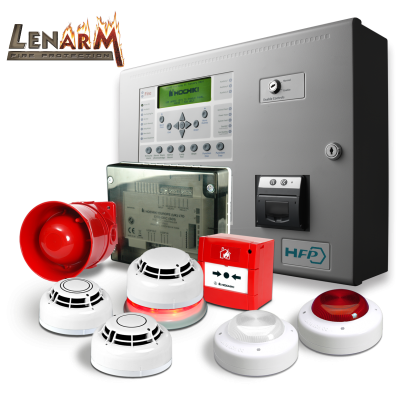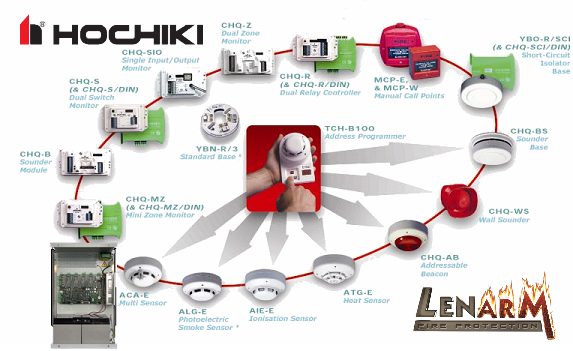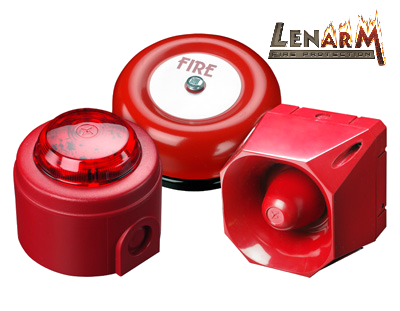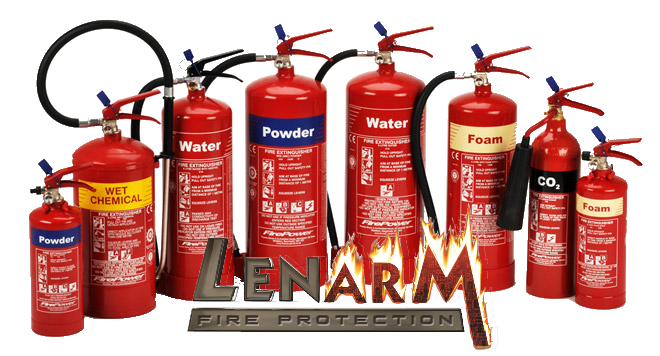The Controls
The primary purpose of a Fire Alarm is protection of life followed by protection of property, Fire Alarm Systems range in specification from L1 systems which provide automatic and manual detection and alert throughout the building down to category M systems which provide manual detection (Break Glass Units) only. Fire alarms come in 2 key types conventional and addressable conventional systems alert to a Fire in a given area say the “Factory Floor” and have no memory where Addressable systems provide the exact location of a Fire e.g. “Address 54 Factory Floor At Rear Exit” and also maintain a complete log of alarm events. Fire Alarm systems can also be connected to an ARC (Alarm Receiving Centre) to enable key holders and possibly the Fire Brigade to respond to a Fire in an unoccupied building.

System Detectors
Fire Alarm Systems use a range of manual and automatic detectors to detect Fire or Smoke in a building the most common detectors are:
- Smoke Detector – Detects Smoke using an optical chamber
- Heat Detector – Detects rising Heat levels in an area
- Break Glass Unit – Activated when the glass is broken by a person
- Beam Detector – Sends a Beam Across a Factory roof to detect smoke
- Flame Detector – Uses the visual light spectrum of a flame to detect fire

Signalling
The main purpose of the alarm is to evacuate all occupants safely from the building and in order to do safely a range of alert devices are required to meet a buildings individual needs the main types are:
- Sounder – Emits a high pitch tone to alert
- Strobe – Emits a bright red light to visually alert
- VAD – Visual Alarm Device, Combines Sounder and Strobe
- Voice Evacuation – Provides a guided evacuation alert

Aspirating Systems
An aspirating smoke detector (ASD), consists of a central detection unit which draws air through a network of pipes to detect smoke. The sampling chamber is based on a nephelometer that detects the presence of smoke particles suspended in air by detecting the light scattered by them in the chamber. Aspirating smoke detectors can detect smoke before it is visible to the human eye. Aspirating systems are often used in large factories or warehouses where conventional detection would be less effective or in ceiling voids where rapid accurate detection is required.

Fire Extinguishers
Lenarm supply and maintain a wide range of Fire Extinguishers and Fire Fighting Equipment to suit your business. Extinguishers are required under HSA guidelines and insurance requirements.Fire extinguishers are active fire protection devices used to extinguish or control small fires, often in emergency situations. It is not intended for use on an out-of-control fire, such as one which has reached the ceiling, endangers the user or otherwise requires the expertise of the fire department.

